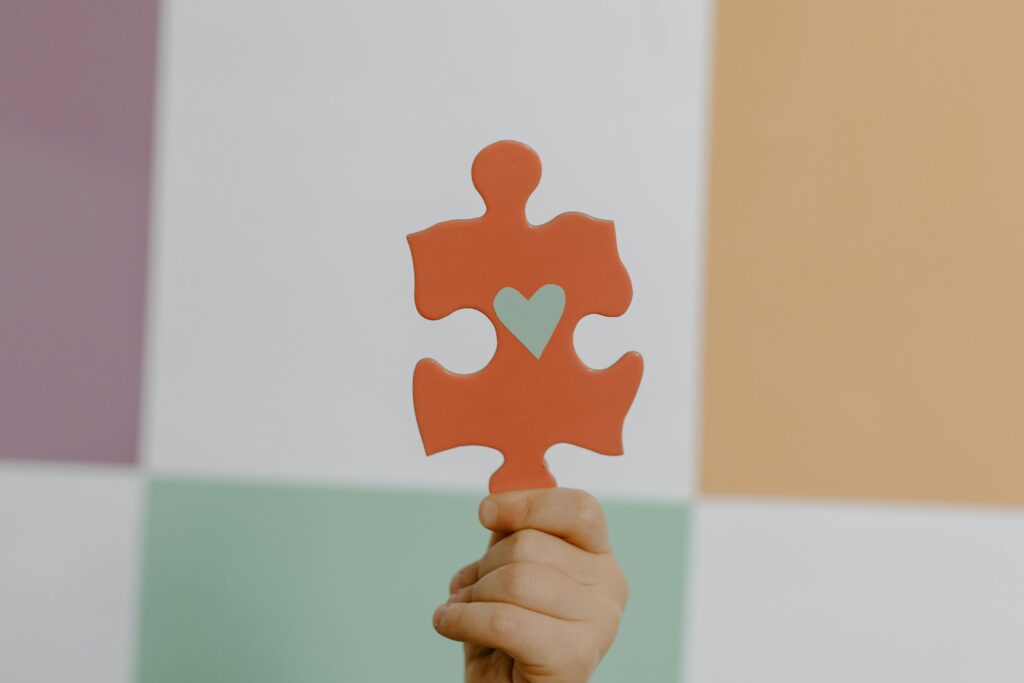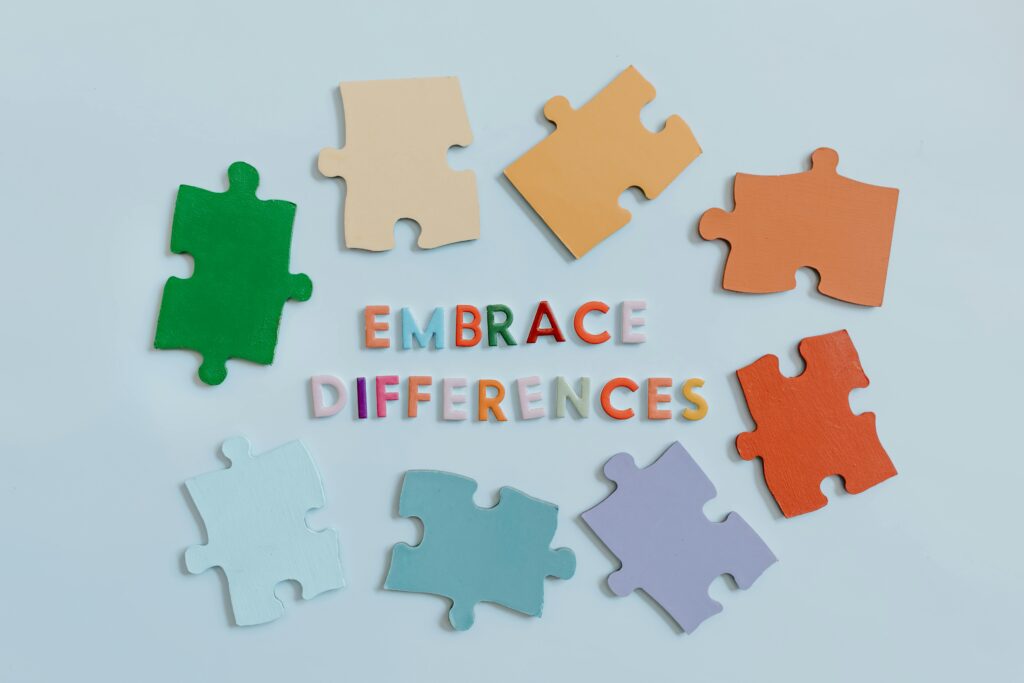Acceptance Over Awareness #6
We often hear about the need for Autism Spectrum Disorder awareness, that it is important for people to know about the existence of ASD, to recognize signs, and to understand that children with autism are a part of our world. But awareness alone is not enough. What really changes lives is ASD acceptance. By practicing ASD acceptance, you go beyond knowing to honouring, valuing, and including ASD people as they are.

Photo by Tara Winstead on Pixels
Awareness is knowing the word “Autism” and recognizing a few traits and behaviours that come with having ASD. While acceptance is about creating relationships, giving space to ASD voices, adjusting environments to fit ASD people instead of forcing ASD people to fit the ‘normal’ and celebrating difference rather than tolerating it.
“Awareness is easy. Acceptance requires actual work.”
From my own experience growing up with three brothers on the spectrum, I have seen firsthand how acceptance, rather than just awareness, makes a difference. My younger brother had a “support person” who I mentioned in my other post would come into our home. As a younger girl back then, I did not have the vocabulary for what was happening back then, but I felt that my brother was being supported, being included, and being valued for who he is, even if I did not fully understand it. My older brother who I am really close to and my other younger brother required different levels of support, and yet all of them reminded me that ASD is not a disadvantage, it is a different way of being.
Here are a few ways we can translate awareness into acceptance:
- Listening to people with autism – Rather than just reading facts about autism, we can listen to autistic individuals describe their lives, their challenges and their joys. When autistic voices say, “Don’t try to make me ‘normal’ just help me be comfortable,” we must hear them. Acceptance honours that message.
- Changing environments, not just people – If we want someone to “fit in,” maybe we should ask: Should we change the environment first? A classroom with harsh lighting, noisy clocks, and crowded desks can be a hard place for some autistic students to learn in. Offering alternate spaces, breaks, or special tools is not a ‘special favour.” It is just basic respect.
- Appreciating strengths, not just accommodating deficits – People often describe autism by focusing on what someone struggles with, like making eye contact or communicating in social interactions. But acceptance means seeing these things differently. Instead of only noticing challenges, we recognize the many strengths autistic people have, such as strong attention to detail, deep focus, creativity, honesty, and clear communication. When we include autistic people and value these strengths, their differences become something positive, not something to fix.
- Moving from pity to participation – Awareness campaigns often emphasize difficulty, challenge, “needing to be fixed.” Acceptance demands we shift language from “autistic child who needs to be fixed,” but to “autistic person who needs to be supported.”
5. Ongoing mindset, not one time event – Awareness is often celebrated during a month or an event. Acceptance is daily habit which includes the way we speak, the way we teach, and the way we design our spaces. “The shift from autism awareness to autism acceptance reframes the conversation to focus on intentional inclusion.”
True acceptance means celebrating differences, not just noticing them.

Photo by Tara Winstead on Pixels